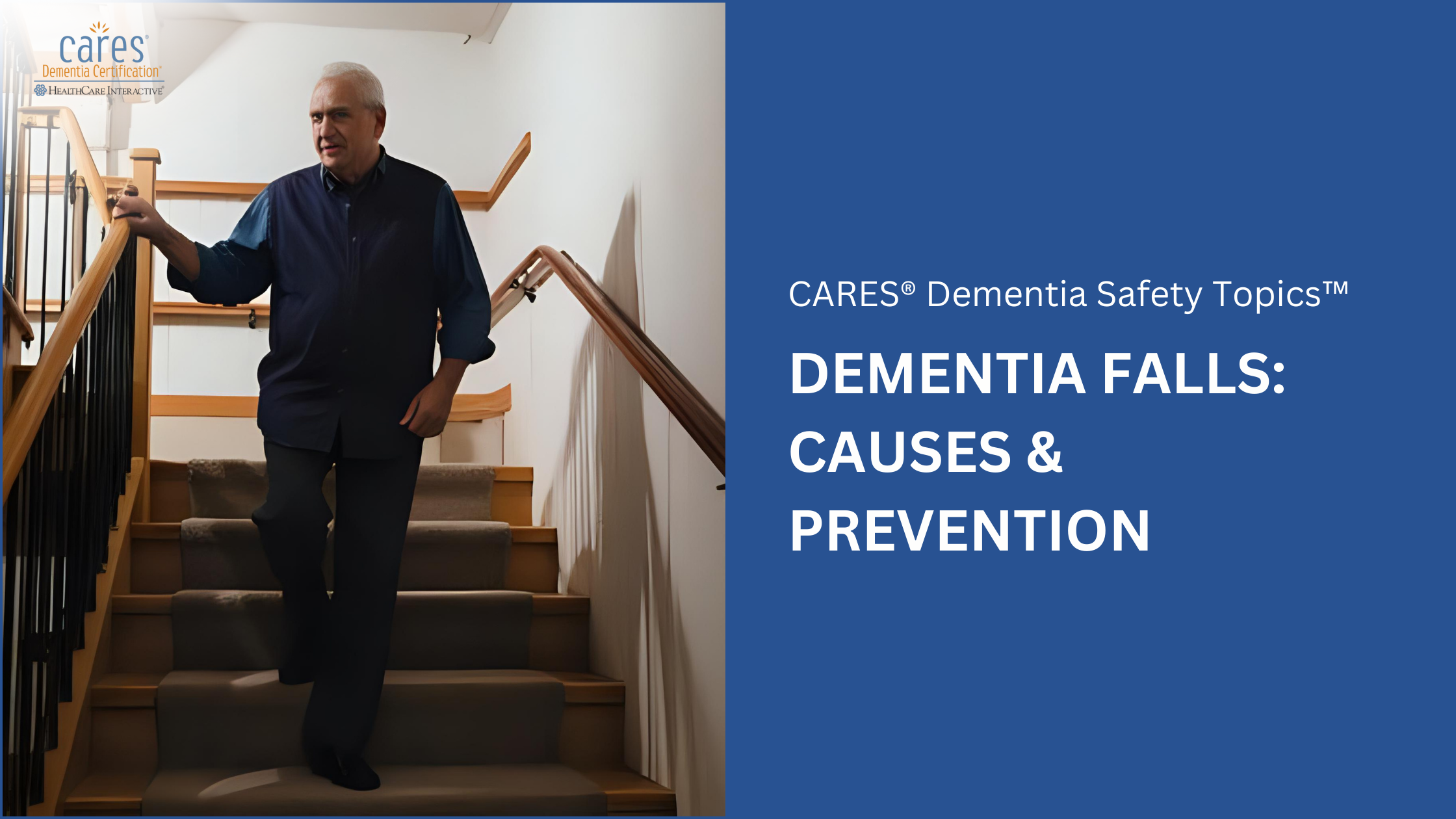Falls are one of the most common and concerning risks for people living with dementia. While occasional falls may happen to anyone, in dementia care the risk is significantly higher—and often linked to both the person’s changing abilities and the environment around them. So, in dementia care, familiarity and safety help reduce falls and support confident movement. Let us learn more about this.
Why People with Dementia Are at Higher Risk
When someone has dementia, the brain struggles to communicate with the body and this can affect balance, coordination, and the ability to judge distances or navigate around objects. Combined with the normal changes that come with aging—like weaker muscles, slower reflexes, and poorer vision—these challenges make falls more likely.
As dementia progresses, falls often occur when:
• Getting out of bed
• Moving from bed to chair
• Walking around the home or care setting
Environmental Triggers That Lead to Falls
Many falls are caused not just by physical decline but by hazards in the environment. Common risks include:
• Loose rugs or carpets
• Slippery or uneven floors
• Floor mats that catch the feet
• Poor lighting
• Cluttered hallways
• Low furniture in walking paths
• Exposed cords
• Poor-fitting shoes
• Lack of proper bathroom grab bars (towel bars are not safe substitutes!)
These hazards can confuse or trip someone with dementia, especially when perception and balance are already compromised.
Familiarity and Safety in Fall Prevention
People with dementia depend on familiar surroundings and routines to navigate safely. Sudden changes in living space can cause confusion and increase fall risk.
Make their new living space feel like home by:
• Arranging furniture in a similar layout to their previous home.
• Keeping familiar objects, photos, and personal belongings visible.
Familiarity provides comfort, boosts confidence in movement, and reduces disorientation. While age-related muscle weakness or cognitive decline may be hard to reverse, environmental safety is within your control.
To make the space safer:
• Remove trip hazards such as loose rugs, cords, and clutter.
• Improve lighting in all walking areas.
• Install proper grab bars, especially in bathrooms.
• Support mobility with regular exercise, physiotherapy, or assistive devices.
A familiar, well-organized, and hazard-free environment can make all the difference in keeping people with dementia safe. By focusing on what you can change, you not only reduce the risk of falls but also create a space where they can move with comfort, confidence, and dignity.
Falls are a major concern for older adults with dementia, but with the right strategies, you can lower risks and protect their independence. Save 10% on any CARES® training or certification with promo code LaborDaySavings—offer ends September 30, 2025.

